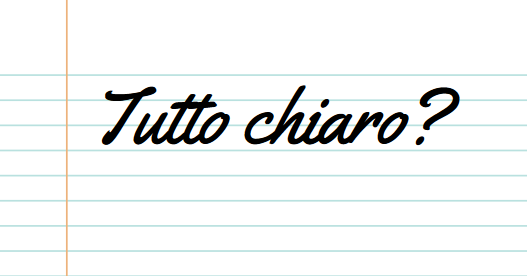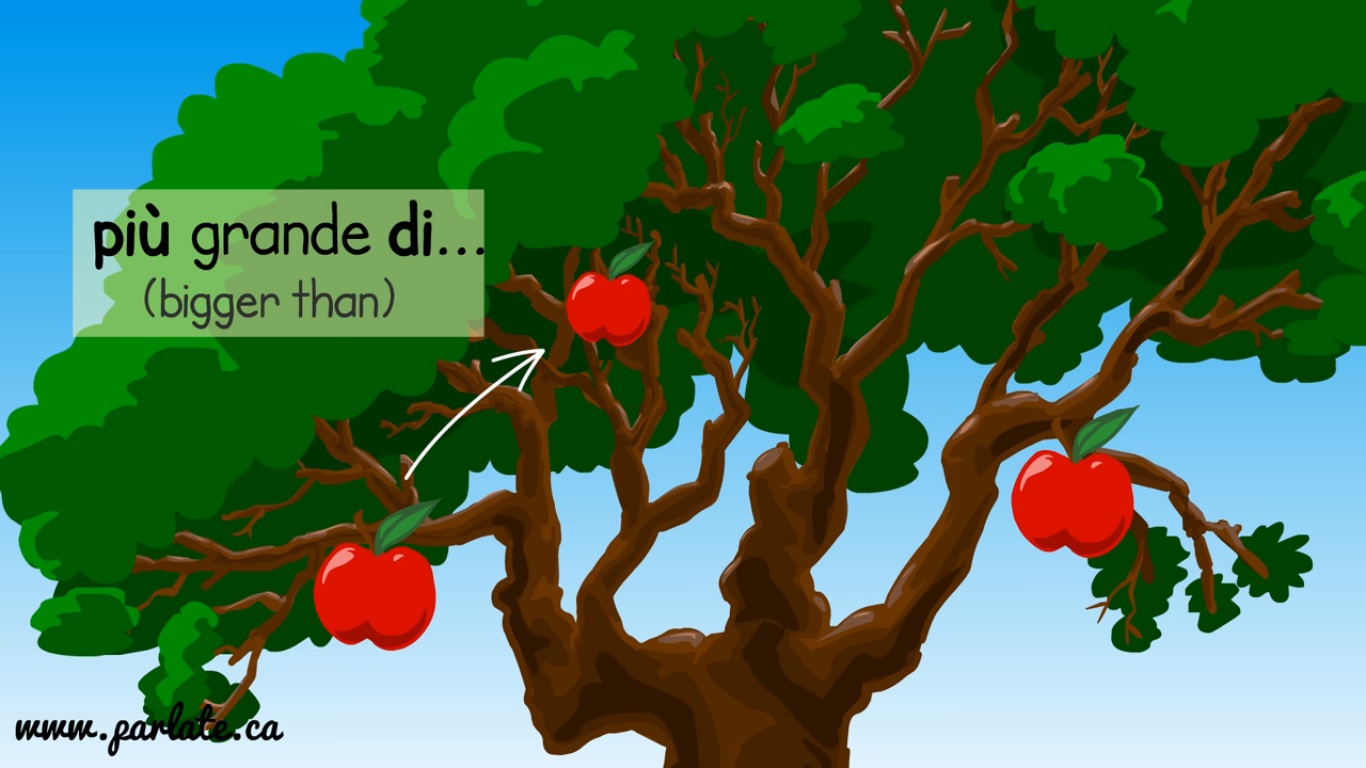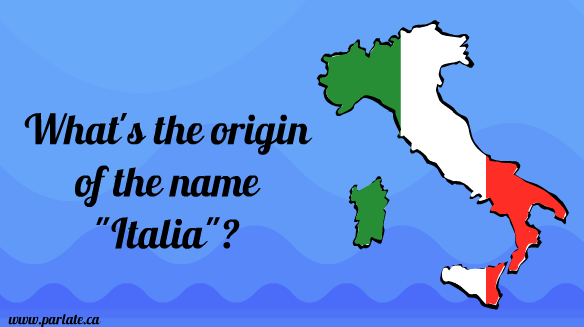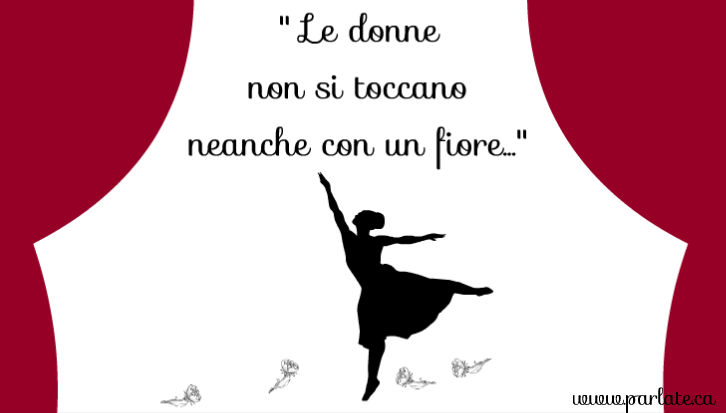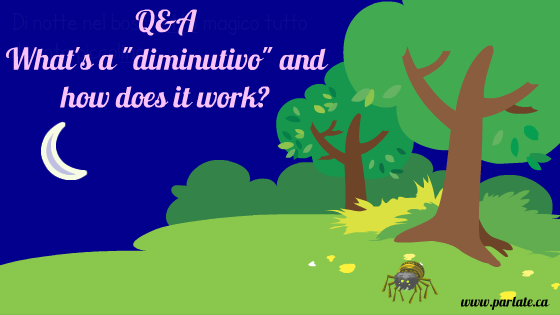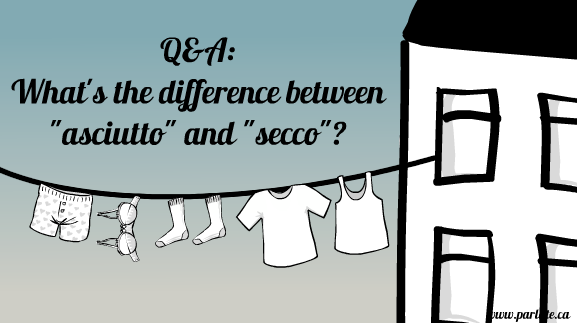A challenge for many Italian students is learning how to use tutto, tutti, tutta, tutte correctly. This simple explanation will help you master them.
There’s a quiz waiting for you to make sure that è tutto chiaro, everything is clear.
1. “Tutto” by itself means “everything”
• Tutto andrà bene. (Everything is going to be alright.)
• Ho fatto tutto. (I did everything.)
2. Tutto/tutta in front of nouns mean “the whole…”, “the entire…”
• Abbiamo mangiato tutta la torta. (We ate the whole cake.)
• Abbiamo trascorso tutto il mese insieme. (We spent the whole month together.)
• Hai visto tutta la partita? (Did you see the whole match?)
3. Tutti by itself means “everyone”/”everybody”
• Tutti vanno in spiaggia durante l’estate. (Everyone goes to the beach during the summer.)
• Ho comprato regali per tutti. (I bought gifts for everyone.)
4. Tutti/tutte (followed by a noun) mean “all of (something)” or even “every one of (something)”
• Ho visto tutti i film di Fellini. (I’ve seen all of Fellini’s films.)
• Luca ha parlato con tutte le ragazze della festa . (Luca talked to all of the girls at the party.)
• Tutti i giorni studio in biblioteca. (I study at the library every day.)
Also, remember that tutto/tutti is masculine (singular/plural) and tutta/tutte is feminine (singular/plural).
Now you’re ready for the quiz!
Tutto chiaro? Try the quiz
Quiz-summary
0 of 8 questions completed
Questions:
- 1
- 2
- 3
- 4
- 5
- 6
- 7
- 8
Information
Inizia il quiz!
You have already completed the quiz before. Hence you can not start it again.
Quiz is loading...
You must sign in or sign up to start the quiz.
You have to finish following quiz, to start this quiz:
Results
0 of 8 questions answered correctly
Your time:
Time has elapsed
You have reached 0 of 0 points, (0)
| Average score |
|
| Your score |
|
Categories
- Not categorized 0%
-
Ottimo lavoro!
- 1
- 2
- 3
- 4
- 5
- 6
- 7
- 8
- Answered
- Review
-
Question 1 of 8
1. Question
1 pointsT___ andrà bene.
Correct
Incorrect
-
Question 2 of 8
2. Question
1 pointsHai letto t____ il libro?
Correct
Incorrect
-
Question 3 of 8
3. Question
1 pointsAngelo mangia sempre t_____ la sua pappa.
Correct
Incorrect
-
Question 4 of 8
4. Question
1 pointsT_____ sono andati a sciare questo fine settimana.
Correct
Incorrect
-
Question 5 of 8
5. Question
1 pointsT_____ le domeniche vado a pranzo dai nonni.
Correct
Incorrect
-
Question 6 of 8
6. Question
1 pointsMetterò in ordine t_____!
Correct
Incorrect
-
Question 7 of 8
7. Question
1 pointsSabato vado sempre al supermercato e faccio t_____ la spesa per la settimana.
Correct
Incorrect
-
Question 8 of 8
8. Question
1 pointsNon ho visto t_____ i film di Pietro Germi.
Correct
Incorrect
- La Pasqua nell’arte italiana

- Racconto italiano: La disdetta del frullato al cacao A2/B1

- Come si usa il gerundio

- Racconto italiano: La gatta sull’albero /A2

- Racconto italiano: Le scale al nuovo anno /B2

- 32 frasi ipotetiche del primo tipo in italiano

- Una rassegna: Cosa abbiamo studiato in italiano nel 2024?

- Racconto italiano: Un giorno perfettamente imperfetto /A2

- Racconto italiano: Le scale al nuovo anno /A1


